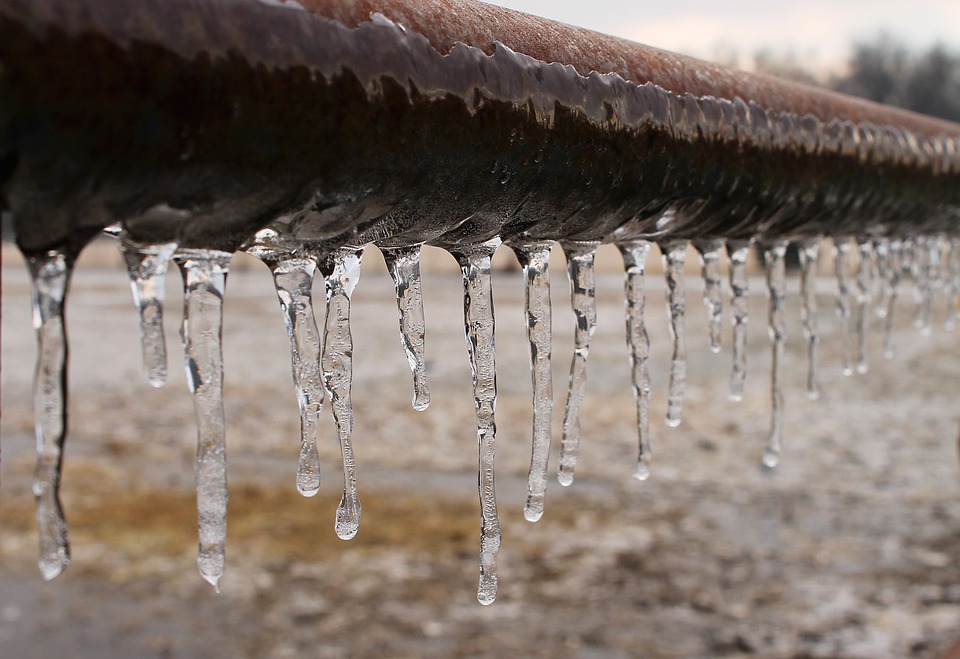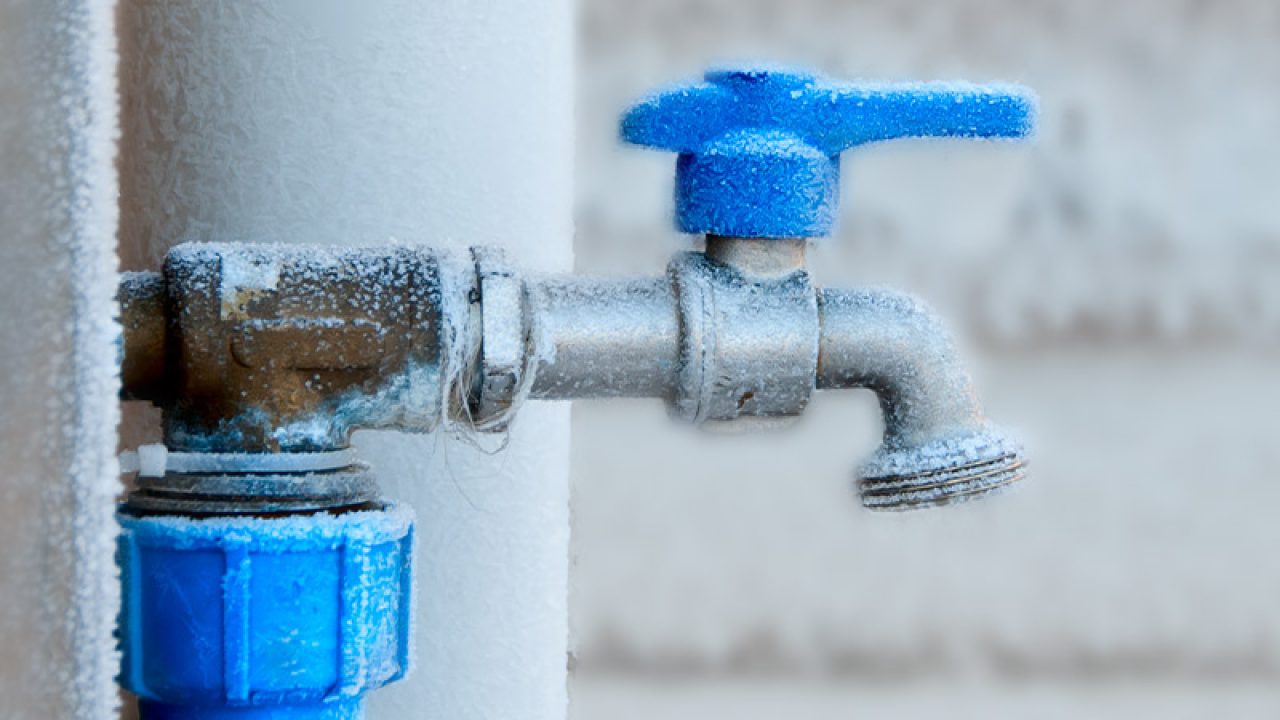Essential Tips for Preventing Frozen Plumbing in Winter Conditions
Essential Tips for Preventing Frozen Plumbing in Winter Conditions
Blog Article
The writer is making a number of great annotation about Helpful Tips to Prevent Frozen Pipes this Winter as a whole in this great article just below.

Winter can wreak havoc on your plumbing, particularly by freezing pipelines. Right here's how to prevent it from taking place and what to do if it does.
Introduction
As temperature levels decline, the danger of icy pipelines boosts, possibly bring about costly repair services and water damages. Understanding exactly how to stop icy pipelines is vital for homeowners in cool environments.
Avoidance Tips
Shielding susceptible pipes
Wrap pipes in insulation sleeves or use heat tape to protect them from freezing temperature levels. Concentrate on pipelines in unheated or outside locations of the home.
Heating techniques
Keep indoor spaces appropriately heated up, specifically locations with plumbing. Open cupboard doors to permit cozy air to circulate around pipes under sinks.
Exactly how to recognize icy pipelines
Look for decreased water flow from faucets, unusual odors or noises from pipes, and visible frost on subjected pipes.
Long-Term Solutions
Structural modifications
Think about rerouting pipes away from exterior wall surfaces or unheated areas. Add additional insulation to attics, cellars, and crawl spaces.
Upgrading insulation
Purchase top notch insulation for pipelines, attic rooms, and wall surfaces. Appropriate insulation helps keep consistent temperature levels and lowers the threat of icy pipes.
Safeguarding Outside Pipes
Yard hoses and outside faucets
Detach and drain garden pipes before winter months. Set up frost-proof faucets or cover outdoor taps with shielded caps.
Comprehending Icy Pipes
What creates pipes to freeze?
Pipelines ice up when exposed to temperatures below 32 ° F (0 ° C) for expanded durations. As water inside the pipes freezes, it broadens, taxing the pipe walls and possibly triggering them to rupture.
Dangers and problems
Icy pipes can result in supply of water disturbances, residential property damage, and costly repair work. Ruptured pipes can flooding homes and create extensive architectural damages.
Signs of Frozen Piping
Determining frozen pipelines early can prevent them from breaking.
What to Do If Your Pipes Freeze
Immediate activities to take
If you suspect icy pipelines, keep faucets available to relieve pressure as the ice thaws. Utilize a hairdryer or towels soaked in hot water to thaw pipes slowly.
Final thought
Preventing frozen pipes needs proactive steps and quick actions. By recognizing the reasons, indicators, and safety nets, house owners can secure their pipes during cold weather.
6 Proven Ways to Prevent Frozen Pipes and Protect Your Home
Disconnect and Drain Garden Hoses
Before winter arrives, start by disconnecting your garden hoses and draining any remaining water. Close the shut-off valves that supply outdoor hose bibs and leave the outdoor faucet open to allow any residual water to drain. For extra protection, consider using faucet covers throughout the colder months. It’s also important to drain water from any sprinkler supply lines following the manufacturer’s directions.
Insulate Exposed Pipes
Insulating your pipes is an effective way to prevent freezing. Pipe insulation is readily available at home improvement stores and is relatively inexpensive. Pay close attention to pipes in unheated areas such as the attic, basement, crawl spaces, or garage. Apply foam insulation generously to create a buffer against the cold. You can also wrap your pipes in heat tape or thermostat-controlled heat cables for added warmth.
Seal Air Leaks
Inspect your home for any cracks or openings that could let in cold air. Seal any holes around the piping in interior or exterior walls, as well as the sill plates where your home rests on its foundation. Additionally, make sure to keep your garage door closed unless you’re entering or exiting. Leaving it open creates a significant air leak that can lead to frozen pipes.
Allow Warm Air Circulation
During cold snaps, it’s essential to allow warm air to circulate evenly throughout your home. Leave interior doors ajar to promote better airflow. Open kitchen and bathroom cabinets to help distribute heat consistently around the rooms. If you have small children or pets, be sure to remove any household chemicals or potentially harmful cleaners from open cabinets for safety.
Let Faucets Drip
A small trickle of water can make a big difference in preventing ice formation inside your pipes. When temperatures drop significantly, start a drip of water from all faucets served by exposed pipes. This continuous flow helps prevent the water from freezing. Additionally, running a few faucets slightly can relieve pressure inside the pipes, reducing the chances of a rupture if the water inside does freeze.
https://choateshvac.com/6-proven-ways-to-prevent-frozen-pipes-and-protect-your-home/

We had been introduced to that editorial about 6 Ways to Prevent Frozen Pipes from someone on our other web blog. Appreciated our blog? Please share it. Help somebody else check it out. Thank-you for your time invested reading it.
Call Today Report this page